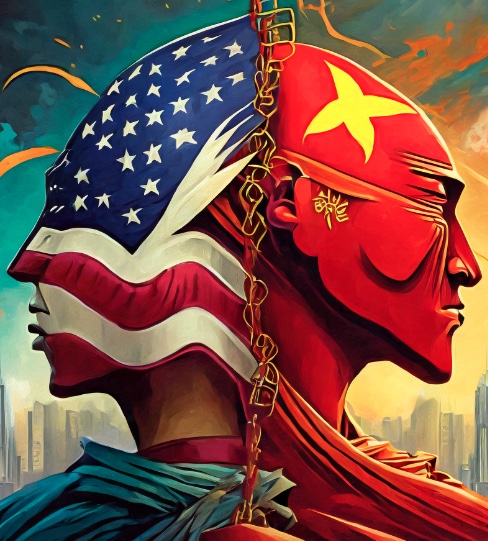The United States updated the ban against China by making it more restrictive than what was decided in October last year. Controls on exports of semiconductors and technologies suitable for their production will be even tighter. “The updated rules will increase the effectiveness of our controls and further close off avenues for circumventing our restrictions. These controls maintain our clear focus on military applications and address threats to our national security posed by the Chinese government’s military-civilian fusion strategy,” said Gina Raimondo, U.S. Secretary of Commerce.
The reality, however, is different. According to the U.S. government, it is only by imposing “stringent licensing requirements” that the production of advanced chips and equipment that “undermine U.S. national security” can be stopped. “We will continue to refine these controls as technology evolves so that our technology is not used to threaten global peace and security,” explains Thea D. Rozman Kendler, undersecretary of commerce for the Export Administration.
AI advances
However, the fear of national security that could be breached masks the interests the U.S. does not want to lose in technological research, especially when artificial intelligence could be making a difference. The changes introduced by the Bureau of Industry and Security (BIS) are nothing more than an update to previously imposed restrictions to prevent China from producing semiconductors for use in military equipment and artificial intelligence technologies. AI is considered dangerous because solutions based on it could “be used for cognitive electronic warfare, radar […]”, and even facial recognition video surveillance systems.
The additional restrictions will affect several U.S. companies that until now had kept trade channels open with Chinese partners. This is in addition to the severe restrictions on Nvidia and AMD exports put in place in September. From November 16, 2023, the “interconnected bandwidth” parameter for identifying banned chips will be removed. So, as of that date, exports of chips that violate one of the following parameters will be banned. The first is the previously defined threshold or the new “performance density” threshold (to anticipate future alternative solutions). Then, a notification is required to export some chips with performance just below the new threshold.

Europe in check
Then, two organizations in the People’s Republic of China and their subsidiaries (13 in all) involved in developing advanced chips used in activities contrary to U.S. national security were added to the Entity List. From now on, foundries producing chips for these entities will have to obtain a license from the U.S. BIS. The U.S. manufacturing industry is not very dependent on Chinese components and semi-finished goods, while the EU industry is. We are the main casualties of this policy.
Almost all Italian and German products incorporate Chinese components or semi-machined. Our companies buy the semi-processed in China, add their technology (sometimes the simple box) and resell it as the original product. Blocking this supply chain, in the long run, will do more harm than good to Europe, to the exclusive benefit of the United States, creating a stronger dependence of the West on its factories, which is probably what Washington has sought for years.



